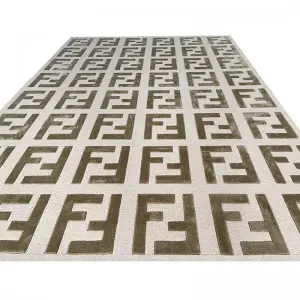New wool carpet remains a high-value material widely chosen by contractors, distributors, and project developers. Its natural durability, sustainability profile, and premium aesthetics make it a reliable option for B2B procurement across hospitality, corporate, and residential construction sectors.
Growing Demand and Material Strengths
New wool carpet is recognized for its long service life and stable performance. Unlike many synthetic alternatives, wool fibers maintain elasticity and texture even under frequent foot traffic. Their natural origins also support environmentally conscious building standards and green procurement requirements.
Performance Features Valued by B2B Buyers
Below are the core technical qualities that influence purchasing decisions:
• Flame resistance: Wool fibers self-extinguish and are compliant with international fire-safety needs in hotels, airports, and institutional buildings.
• High resilience: Wool’s natural crimp structure helps the carpet recover its shape quickly, reducing visible wear in corridors and public spaces.
Commercial Applications Across Global Markets
New wool carpet is used in projects that require acoustic comfort, elegant appearance, and long-term performance. These characteristics make it suitable for multiple professional environments:
• Hospitality interiors such as guest floors, lounges, and banquet halls
• Corporate offices, executive rooms, and conference centers
Installation, Maintenance, and Procurement Considerations
Wool carpet integrates smoothly with large project workflows when combined with proper installation and care. Routine vacuuming, controlled humidity, and periodic deep cleaning help maintain the carpet’s original look. For B2B procurement teams, selecting manufacturers that offer consistent dye lots, customizable backings, and ISO-certified production ensures stable supply and minimized project risk.
Summary
New wool carpet offers fire resistance, durability, sustainability, and refined visual appeal—all key factors for commercial flooring decisions. Its adaptability across sectors and reliable long-term performance keep it firmly positioned as a premium choice for contractors, wholesalers, and global distributors.
FAQ
1. Is new wool carpet suitable for high-traffic commercial zones?
Yes. Wool’s natural elasticity supports long-term use in hotels, offices, and transportation hubs.
2. How does wool carpet compare to synthetic carpets in fire performance?
Wool shows superior natural flame resistance and often meets stricter safety standards without chemical treatments.
3. Does using wool carpet support green building goals?
Wool is renewable and biodegradable, helping projects align with sustainability frameworks such as LEED or BREEAM.
4. Can new wool carpet be customized for large-scale projects?
Yes. Manufacturers can produce tailored patterns, colors, and backing systems to match architectural and design specifications.
Post time: Nov-21-2025












